Understand the social significance of bronze drums from bronze drums
Bronze drum is a kind of bronze utensil with special social significance in ancient my country. It was originally a percussion instrument, and later became a symbol of power and wealth. The decorative pattern of the bronze drum is mainly the sun pattern, which is the most common central decorative pattern on the drum surface. During the dance, the bronze drum is suspended, one person hits the drum surface with a drumstick, and the other holds a wooden barrel at the bottom of the drum to increase resonance. The sound is deep and deep, and can be transmitted far away. The dancers gathered around the bronze drums and danced to the rhythm of the drums.
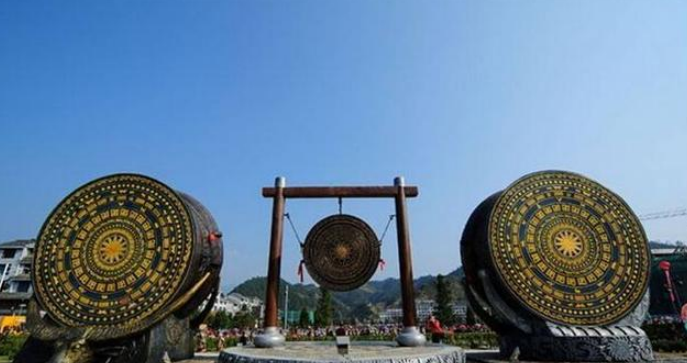
The production process of the bronze drum is exquisite, and the copper, tin, and aluminum alloys with copper as the main component are cast. The appearance of the bronze drum is composed of five parts: face, chest, waist, feet and ears. Bronze drums vary in size and severity. Generally, the bronze drums of ethnic minorities have the following meanings:
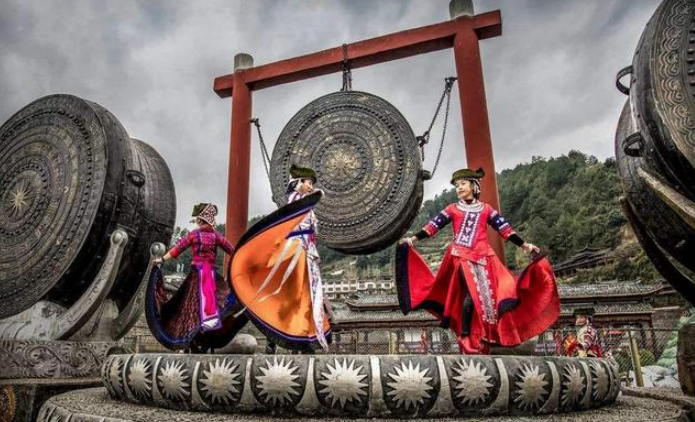
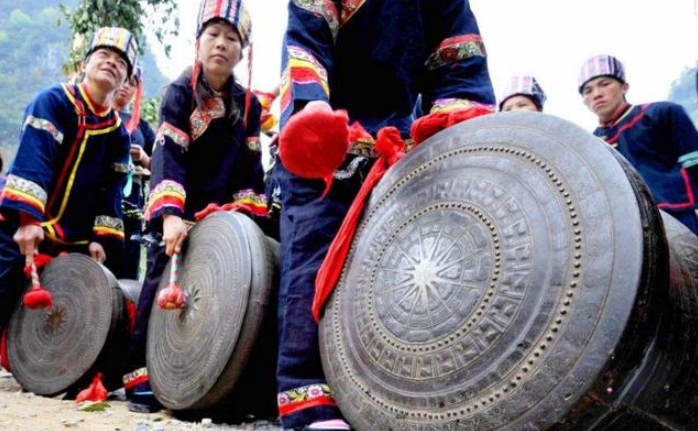
The picture shows the bronze drum of the Zhuang nationality in Jielan, Guangxi
Nature worship:
People engaged in agricultural production know that the changes of yin, yang, rain and snow are closely related to the sun, but they do not understand the reasons for the occurrence of this natural phenomenon, resulting in the concept of "animity". Therefore, the sun must be drawn in the center of the drum surface, reflecting the necessity of sunlight for agricultural production.Rain cravings:
The continuous convoluted structure on the bronze drum, the square one is called thunder pattern, and the round one is called cloud pattern. It has already appeared on the pottery unearthed in the Neolithic Age, and its evolution can be seen in the oracle bone inscriptions, and it was developed in the Shang and Zhou dynasties. Decorated on bronze wares, bronze drums use it as a pattern, reflecting the ancestors' agricultural production, among which the thunder pattern has the greatest influence, and more temples of thunder were built for the sake of rain.Totem worship:
As a reflection of totem worship, the drum surface is decorated with four to eight frogs, some large frogs with small frogs, and some large frogs with several small frogs. This is the ancient worship of frogs. Because "the sound of frogs is the essence of bronze drums (drums)" and "those with loud drum sounds are the best", turtles and frogs can know the time of the sky, so they are regarded as gods. As for the Xianglu pattern, the zodiac, the money pattern, etc., they are all related to natural phenomena and organisms that are closely related to the production of agricultural people.
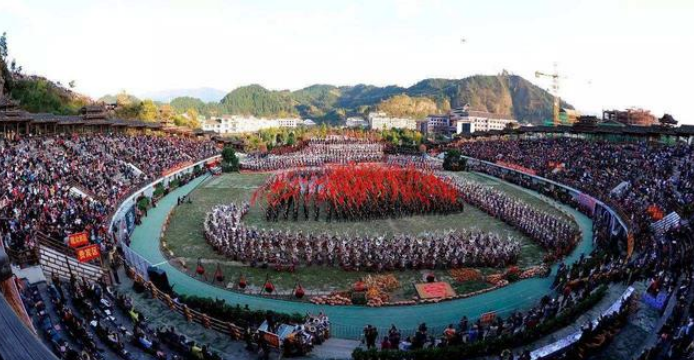
The ancient bronze drum, in Guizhou, is a musical instrument of the Miao culture, as well as a sacred object and totem of a Miao tribe. In the Ming Dynasty "Shuzhong Customs", it is stated that during weddings, funerals and New Years, the local people must "beat copper drums and sing and dance". At the same time, bronze drums are closely related to sacrificial or witchcraft (repelling diseases and praying for good fortune) activities. For example, it is said in the historical records of the Song Dynasty: "beating bronze drums and sand gongs to worship gods"; Drums and horns, dance and call." Different forms of mysterious cultural connotations are integrated into the bronze drum.
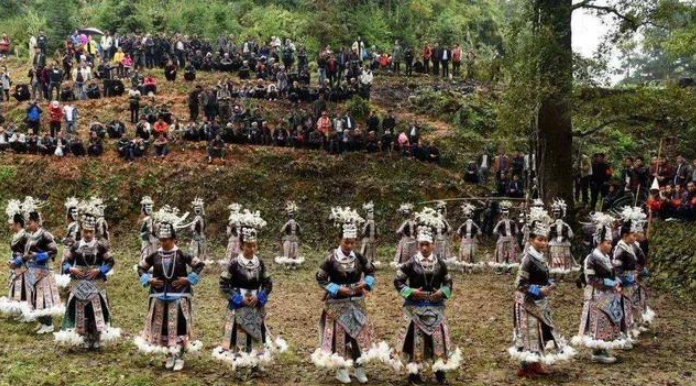
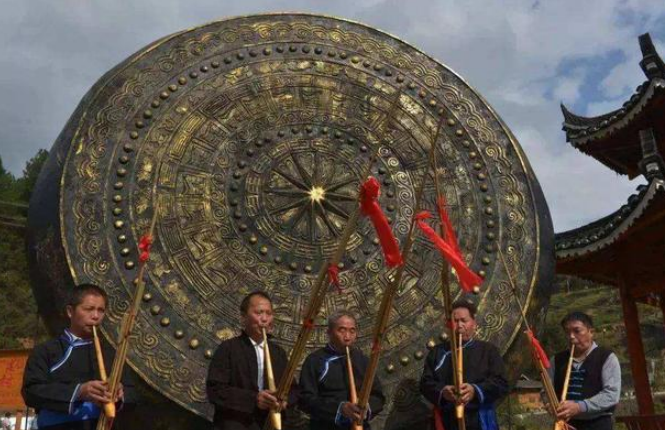
The picture shows the giant bronze drum at the Miaozhai gate of Leishan Zhangao
In Zhangao Miao Village in Leishan County, Guizhou, the bronze drum culture is most prevalent, where ancestors used bronze drums to hold various mysterious ceremonies. In southeastern Guizhou, this place is known as the birthplace of Miao bronze drums. The bronze drum is a history of origin, and the bronze drum is also a cultural symbol of a nation. The patterns on the bronze drum accumulate the cultural creation of the ancient farming nation, and you can also explore the dance relics in today's folk. In the long history of China, bronze drums are not only spread among the Miao people, but also among the Zhuang, Yi, Yao, Shui, Buyi and other ethnic groups. Contemporary bronze drum culture is mainly concentrated in relatively remote mountain villages.
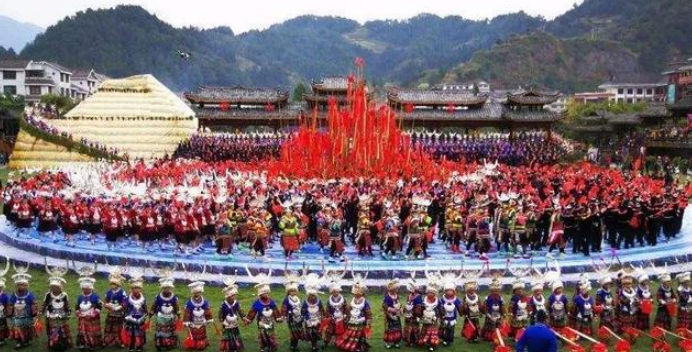
Among the ethnic minorities in Guizhou, the bronze drum culture is mainly in the form of singing and dancing. It is mainly based on bronze drums. During the grand festivals of ethnic minorities in southeastern Guizhou, Miao compatriots from all over the world gather together. Under the sound of high rows of reeds, they slowly revolve around the bronze drums, symbolizing the great reunion of the nation. Very shocking and spectacular. Not only in Guizhou, but also all ethnic groups in all provinces of the country have their own specific festivals and activities, dance methods and styles, and each has its own characteristics. They have inherited the functions and music and dance customs of ancient bronze drums and drums from different aspects, and continue to introduce new cultural creations.
 渝公网安备 50010702504639号
渝公网安备 50010702504639号